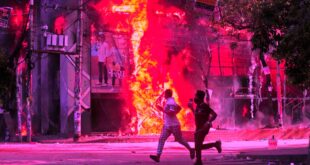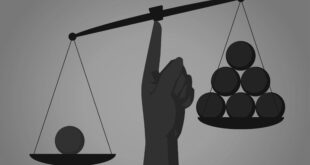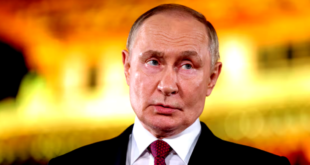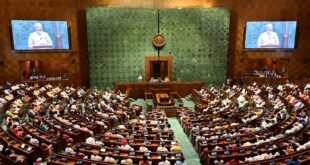 Doctors are widely respected as an incarnation of God. They are trained to end human suffering on earth. But there are some, like Plastic surgeon Dr. Subodh Singh, who besides healing through his scalpel is also an ‘activist’ and does work as a good Samaritans outside his operation theatre. The documentary on his cleft patient titled Smile Pinkie won Oscar in 2012, his work on serious burn patients has won him many accords too. The documentary shot on his burn patient, seven years Ragini was shot by the National Geographic and has been praised worldwide.
Doctors are widely respected as an incarnation of God. They are trained to end human suffering on earth. But there are some, like Plastic surgeon Dr. Subodh Singh, who besides healing through his scalpel is also an ‘activist’ and does work as a good Samaritans outside his operation theatre. The documentary on his cleft patient titled Smile Pinkie won Oscar in 2012, his work on serious burn patients has won him many accords too. The documentary shot on his burn patient, seven years Ragini was shot by the National Geographic and has been praised worldwide.
His contribution to medical science by doing 50,000 plus cleft operations, 6000 burn cases surgeries, training many doctors in his 27 years medical journey, several people-friendly medical innovations and his yeoman work during a pandemic qualifies him for highest regard but it is his zeal to save the environment, motivate and inspire people giving them the vision to live a the better life that makes people admire him immensely. This brand ambassador of goodwill has the brightest of the smile, a relaxed disposition, and his eyes seem to be forever focused in the direction where there is a need for that human touch, so much missing in today’s fast-paced world.
Q: Let us begin right at the beginning before we get down to your accomplishments. How was your childhood?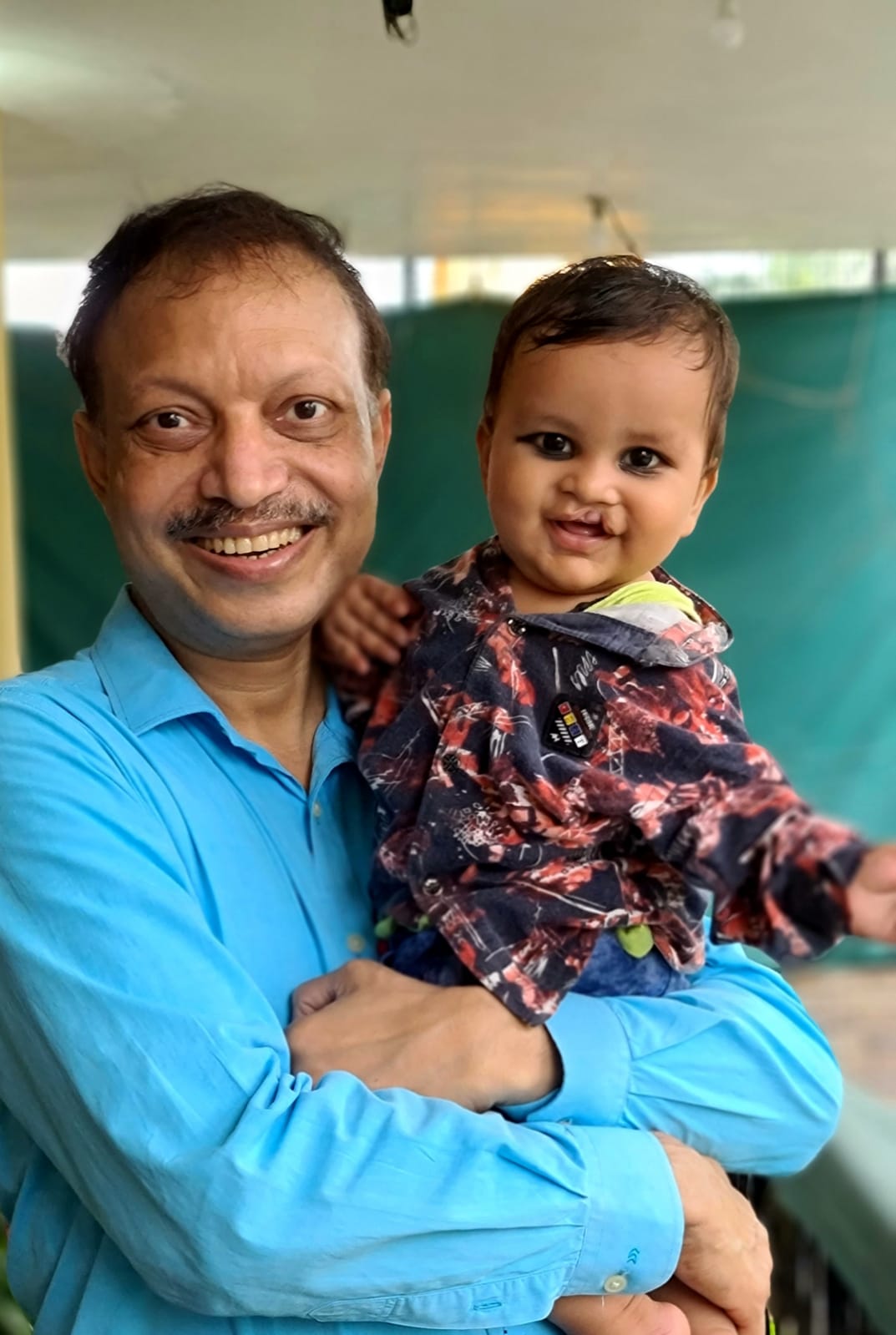
A: I come from a middle-class family, I was the youngest among the four brothers. I lost my father when I was just 13. For an extra buck, I made candles, sold goggles on the streets, and worked at grocery stores. It is thanks to my brothers who shelved their own dreams to ensure that I get my MBBS degree.
Q: Why did you choose plastic surgery? Tell us about your earlier days as a surgeon.
A; I suppose the joy of recreating is absolute in plastic surgery and I enjoy that immensely.
I started work with the Railway cancer Institute in 1994. I was paid Rs 4000 as an honorarium and my work involved reconstruction surgeries in cancer, especially that of the head and neck. This was great learning for me and has helped me a lot in my later years.
Q: Tell us about setting up G. S. Memorial Plastic surgery hospital in Varanasi.
A: It was set it up in 2001, in memory of my late father. Through the work done here, I get to pay homage to him every day.
Q: The job of a doctor is tough, but that of a surgeon is tougher and more stressful.
A: I am totally relaxed in the operation theatre. I am in a meditative mode while performing a surgery. I am attentive and concentrating totally on my work of ‘reconstruction’ My brain keeps directing my hand to perform and all the while my eyes happily look on, appreciating the transformation. Surgery is a power that makes me most humble.
Good training and good intentions both combine for ensuring perfect transformation. It is the work of God, I am doing and I cannot do injustice or fail in this task.
Sometimes the condition of burn patients is the cause of concern as their life is often in danger. But here too I trust my good senses and intentions.
What distresses me often is all outside the Operation Theatre. It may be the attitude of attendants, or the hospital administration work.
Q: Both your children have chosen the medical line.? Obviously, you were the inspiration.
A: My daughter Nimisha is in her final year. She is trained as a surgeon
My son Ayush K Singh is an MBBS doctor still probing his specialization. I am happy they want to cure and serve people.
Q: How did you get associated with Smile Train, the world’s largest cleft charity.?
A: I had done cleft surgeries before too but the chance to do them with Smile Train as a funder was a God’s sent opportunity that came my way. I took a loan of Rs 20 lakhs in 2004 and bought surgical instruments and on 1st April started my journey with the first cleft camp held in our hospital in collaboration. The target given was 500 surgeries till Dec 2006. We finished 500 in just seven months. By 2006 we were doing the highest no of cleft cases in the world. Our hospital was doing around 300 per month.
Q: Is G S Memorial hospital 100 percent charitable.?
A: No, it is 80 percent charitable and we have 20 percent paid cases.
Q: What were the coercive measures you adopted to ensure cleft children were taken care of by their families?
A: Anyone who neglects a cleft child incurs my wrath. Nutrition is important for such children often poor parents, especially if it is a girl who stops feeding her, leading to malnutrition and death. I have got mapping done of each area and the cleft child’s parents warned that they will be put behind bars if anything happens to the child. This fear has saved many cleft kids from death.
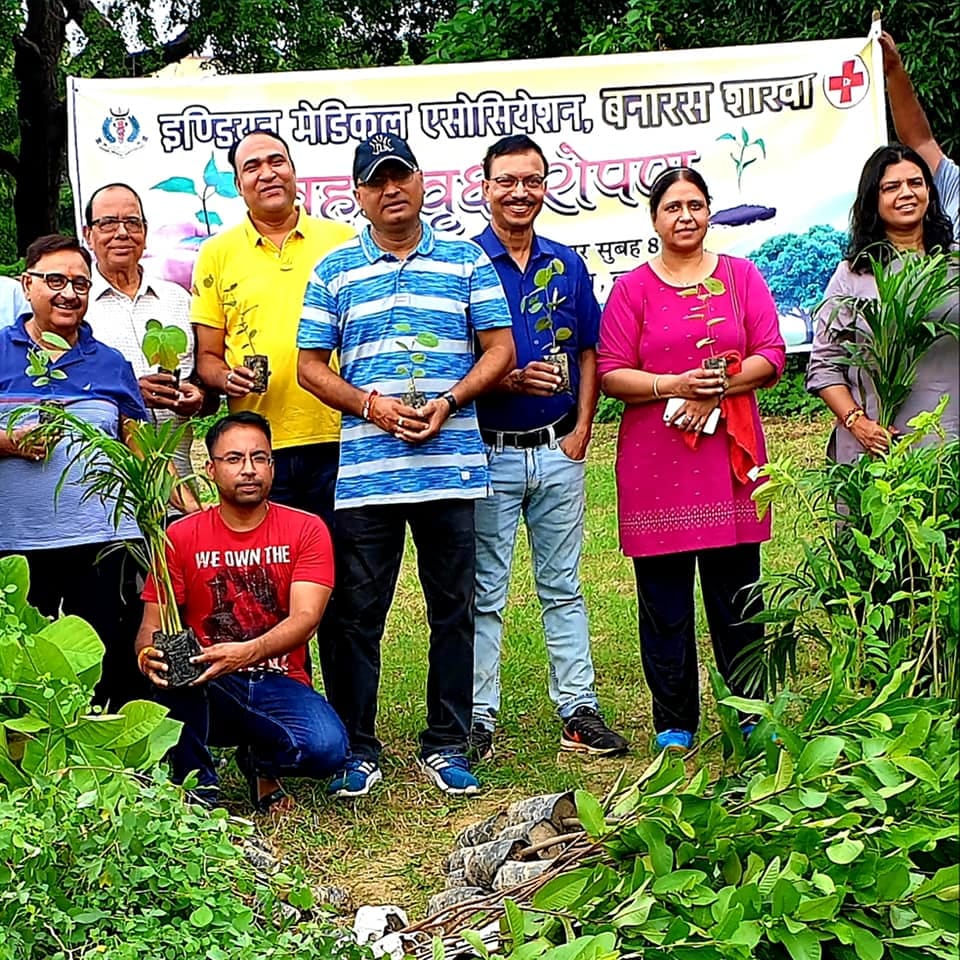
Q: Tell us about your work with the Army under ‘Operation sadbhawana’ from 2010
A: I may not have fought with the Indian army to wipe out the enemy but I have been privileged to have worked very closely with them, to wipe out misery and pain from the lives of humanity. For the past eleven years, I have been holding these medical camps in the N-East and China borders where we offer treatment for a cleft in the nearby population.
Q: Oscar for Smile Pinkie brought you international fame. How did you choose her for the film.?
Q: Our team did a survey in the villages for the Smile Train documentary on a cleft child. I shortlisted Pinkie from a huge list. It was her picture trying to hide her deformity behind her mother’s veil. Her eyes held the passion and zeal for life, she wanted to come out and explore the world. I could not let her down, I decided that through Pinkie I will spread the message that cleft can be cured and that a girl is an asset too.
Q: It is nine years since the film won the Oscars. Do you still see Pinkie.?
A: Of Course, she is like my daughter. I am proud of her. She has grown tall and is a badminton player.
Q: Your cleft work is not confined just to surgery.
A: True. Cleft is a social ailment; it affects not just an individual but the entire family.
It is important to make society realize that cleft is an ailment, not a curse and that it can be repaired, free at hospitals like ours.
I insist that parents ensure proper nutrition for a cleft child. Such infants cannot be breastfed hence proper nutrition is a must.
Speech therapy is also very important. Since 2005 we make cassettes and provide parents with inexpensive recorders.
Today our hospital is not just the first but largest cleft genetic research group.
Q: What about burn patients? Does your hospital offer subsidy for these surgeries?
A: According to data 180 000 burn deaths occur every year– the vast majority occur in low- and middle-income countries.
Wonderwork charity and Sharukh Khan’s Meer Foundation charity support such surgeries.
Q: Tell us about your work on burn patients, especially Ragini on whom National Geographic has done a documentary that has won lots of appreciation. which won you accords.
A: I feel honored, , privileged and am happy that God choose me to wipe out pain and deformity For me every case that I work on is like a directive from up above to set things right.
Q: Tell us about the social activist side of You?.
A: I want to contribute to society in every way possible, be it as a surgeon, as an environment protector, as a motivator or simply put as a good human.
So I do tree plantation so that we learn to respect nature and realize its benevolence, I also preach exercising paucity and neither waste money nor natural resources.
Q: Tell us of your work during the pandemic?
A: The initial days of the lockdown were so scary that doctors also came under the impact of keeping home and safe. But ‘Healers” cannot enjoy this privilege so I started this campaign of trying to reach out to people from the medical community and offering their staff training in safety and caution. I opened my own hospital and that gave the medical community lot of confidence.
I told them that this opportunity of serving humanity will come in a lifetime, do not step back. Take care of Covid society-actively participates in Covid care. Many of them listened to me.
Q: Tell us about some of your medical innovations
First was speech therapy for cleft patients.
We also started and run telemedicine on cleft since 2014
Tracking and updating on cleft patients
Made online ECure telemedicine app on August 2020. It was initially for Covid but now for everything
 Jubilee Post News & Views
Jubilee Post News & Views

